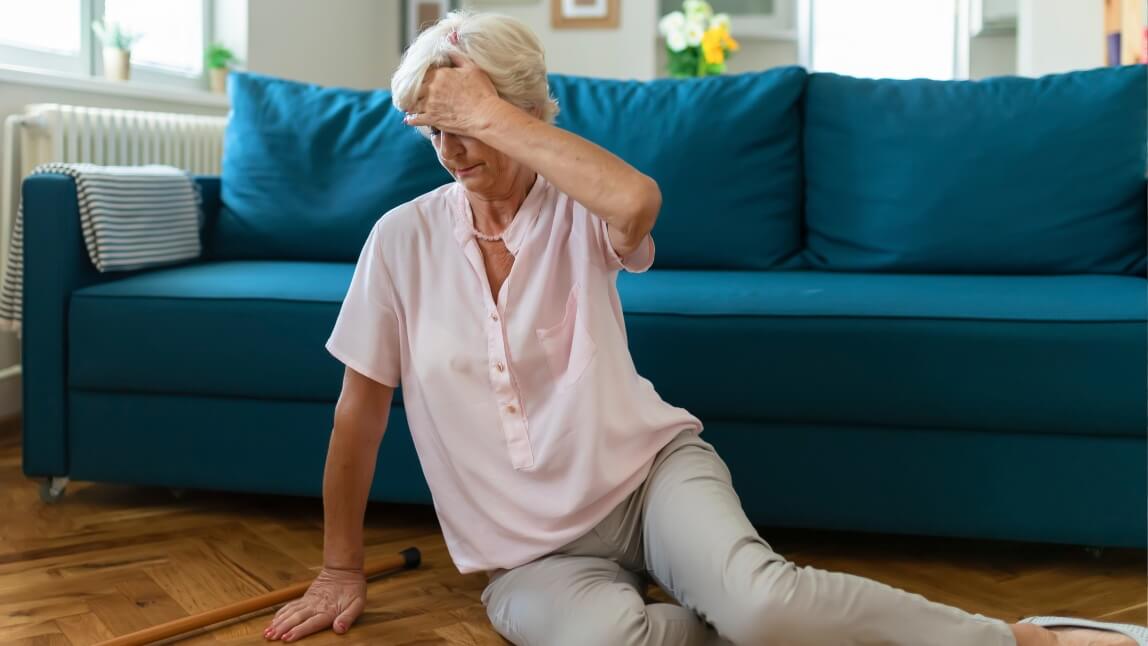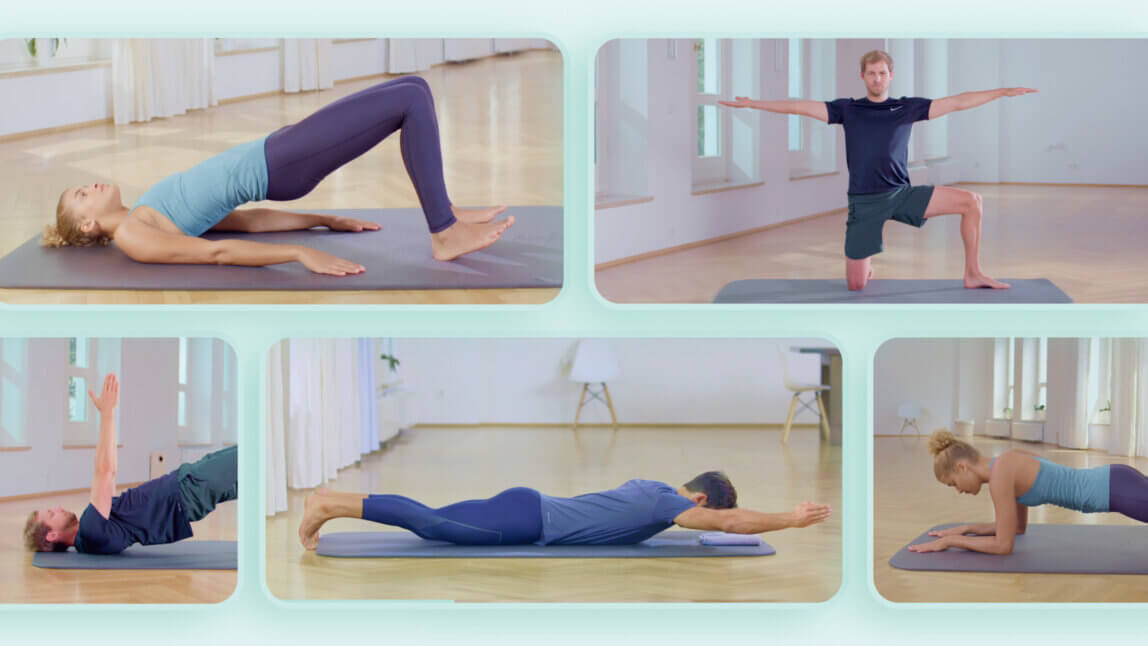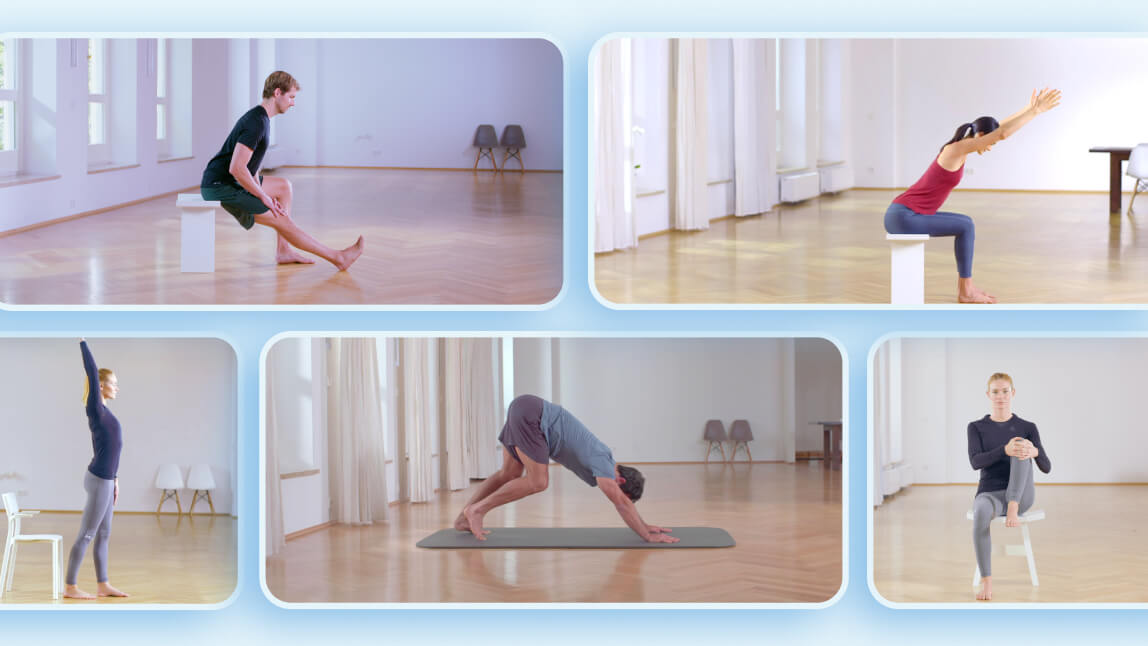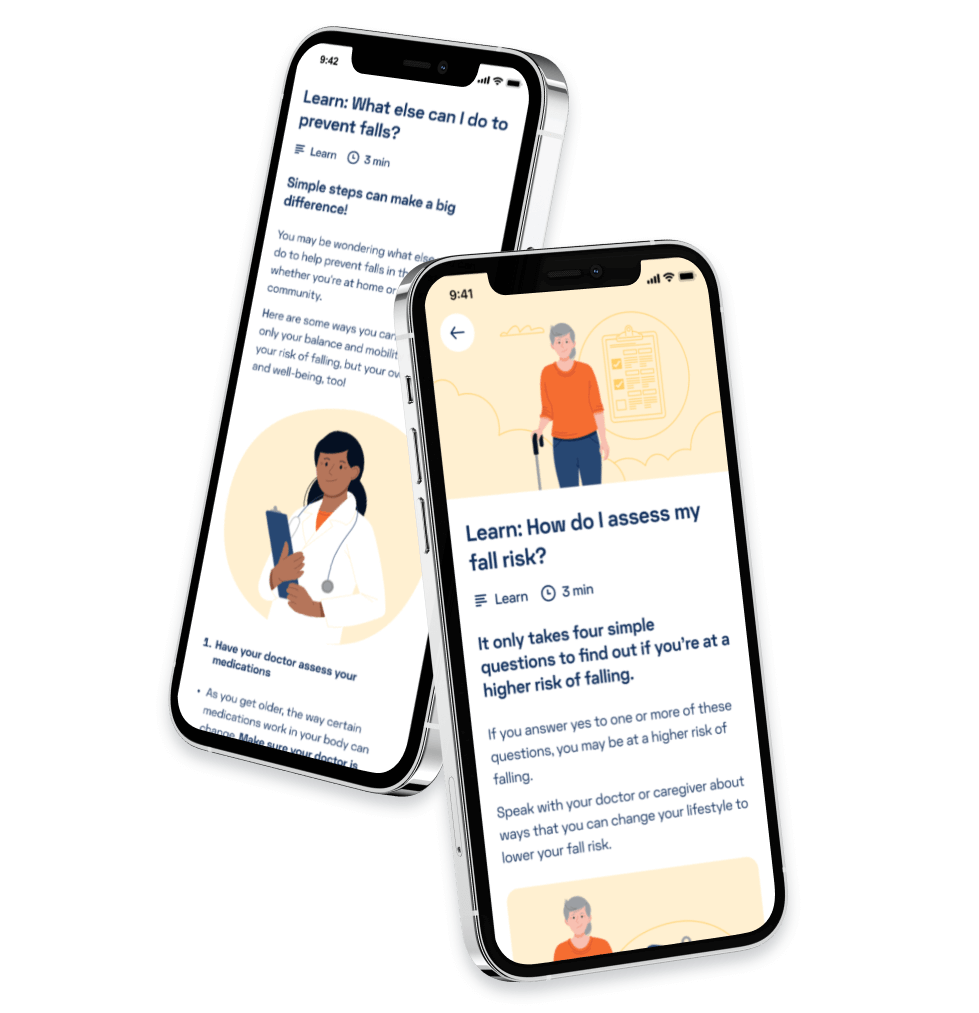
Effective Fall Prevention Strategies for Seniors
Falls are alarmingly common among older adults and are a leading cause of injury, according to the CDC. But you don’t have to accept falls as an inevitable part of aging.
3 min read

Further Reading
-
 Expert Advice from a Certified Kaia Coach8 min read
Expert Advice from a Certified Kaia Coach8 min read -

Take a Back Health Break: Quick Back Exercises for Home
Here are six easy exercises for back pain you can do in just minutes a day to prevent, reduce, and relieve work-related back pain.3 min read -

Five Exercises to Relieve Lower Back Pain
Find fast relief from lower back pain with easy exercises and stretches you can do from the comfort of your home.4 min read

